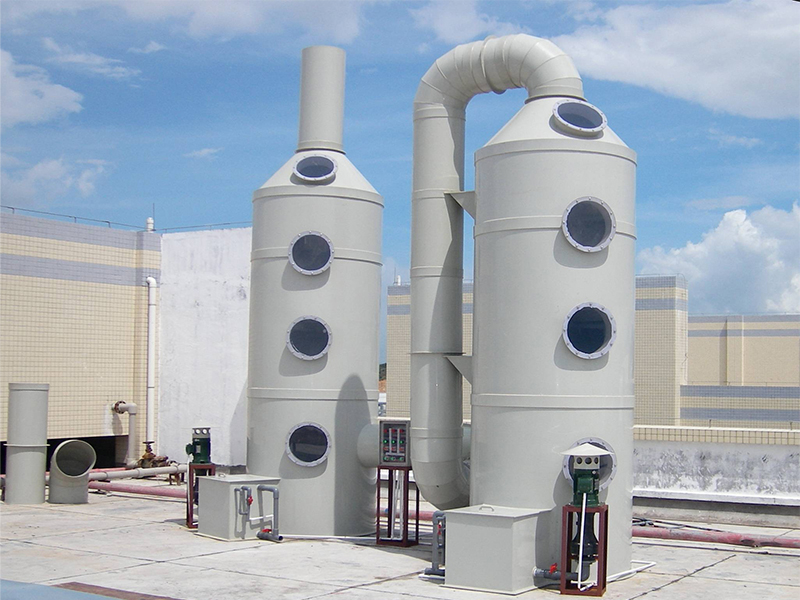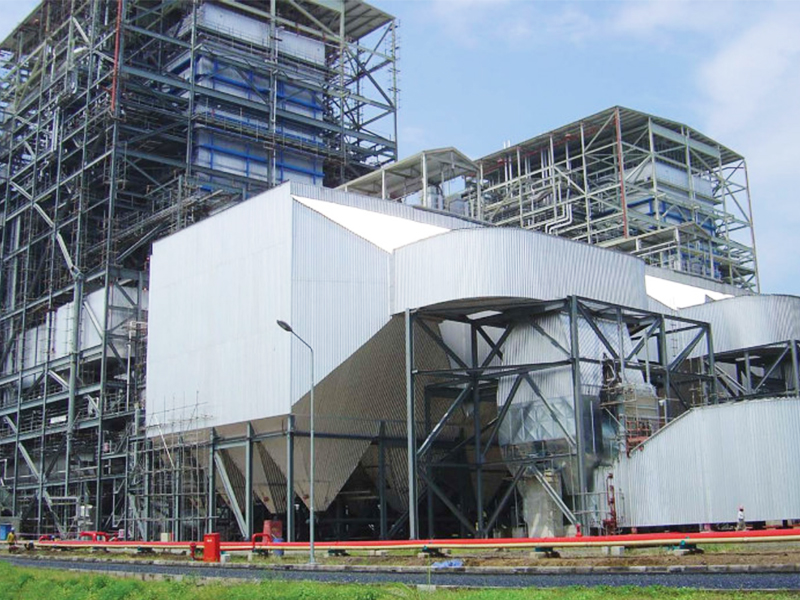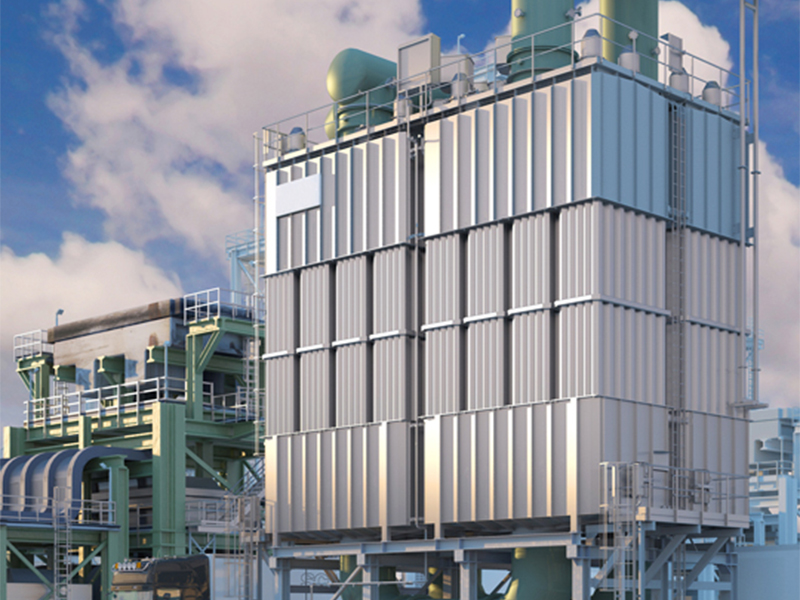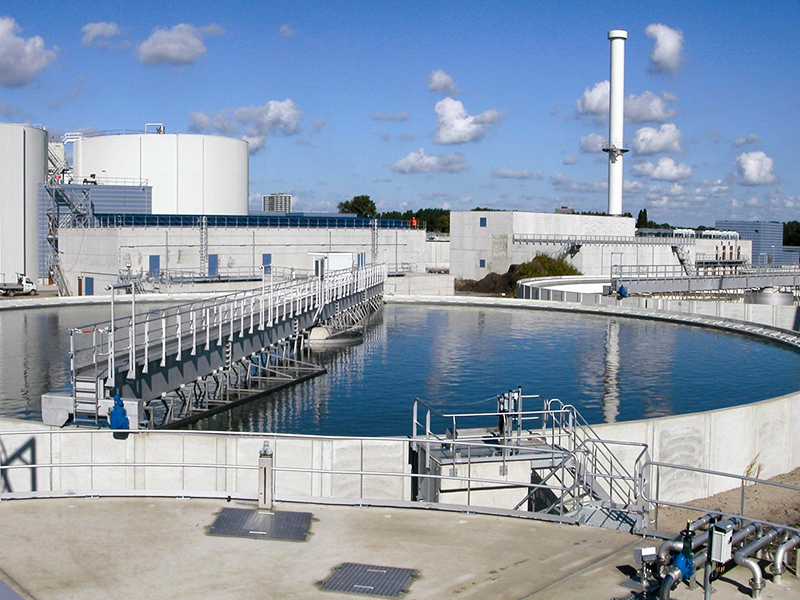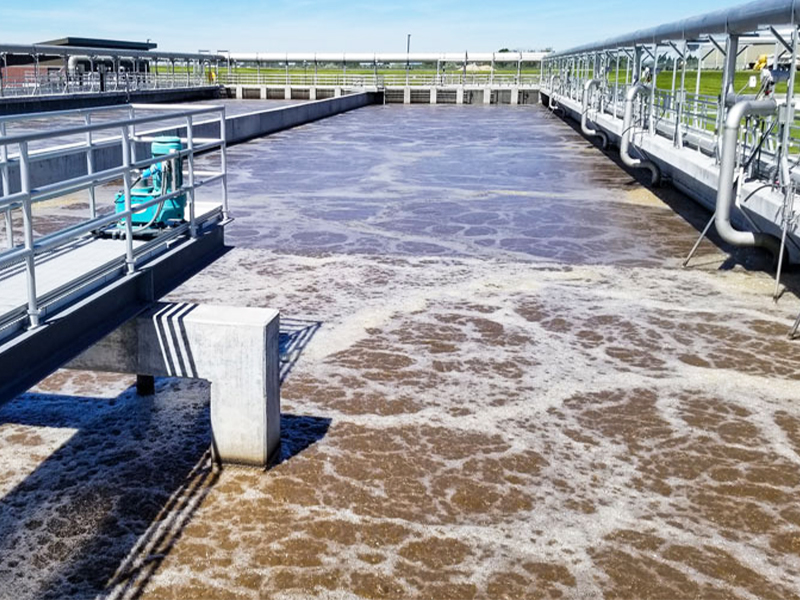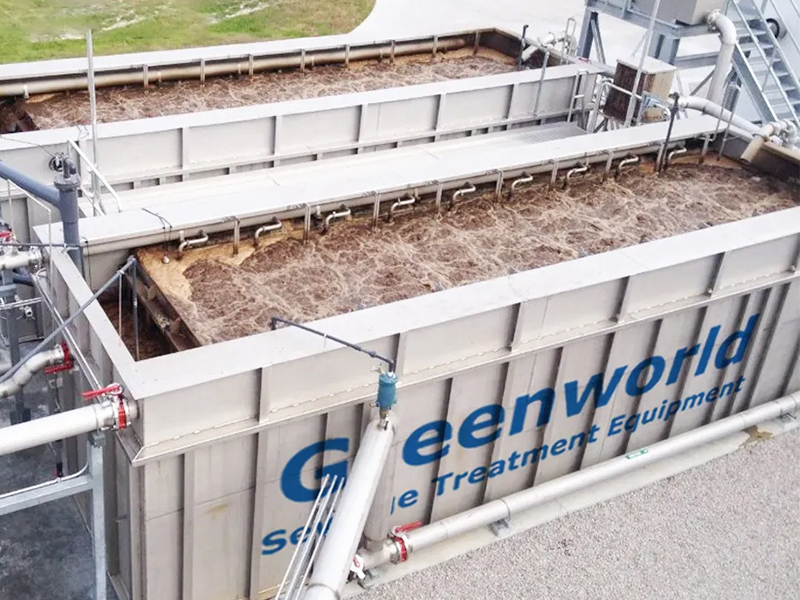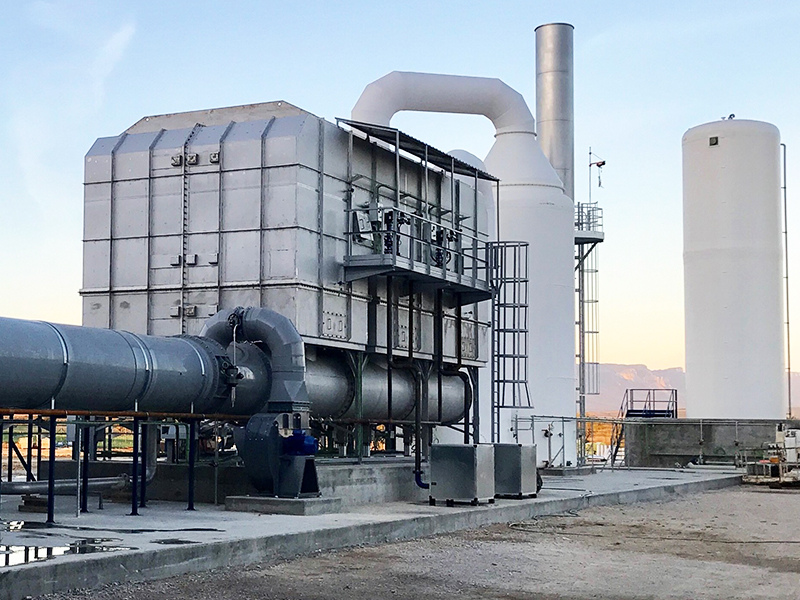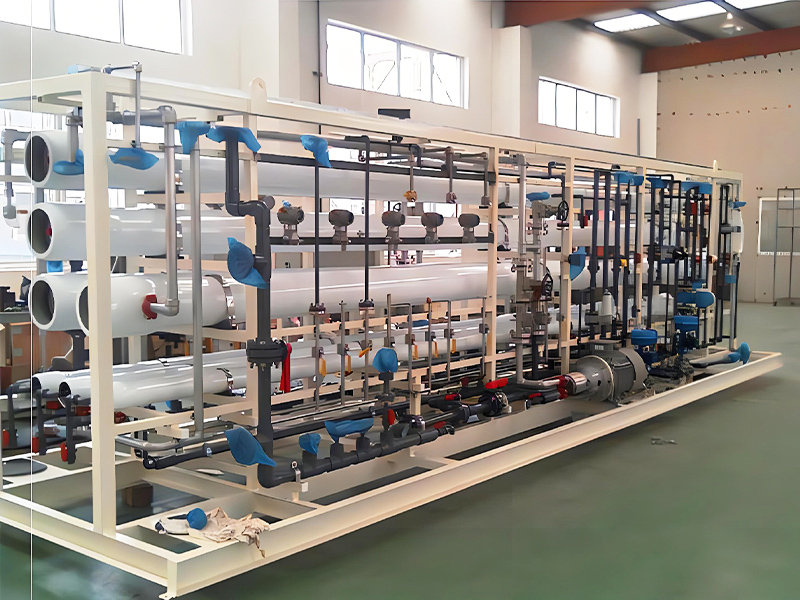0102030405
Seawater Desalination Reverse Osmosis System RO Desalination Plant Salt Water Purifier
The technical characteristics of reverse osmosis membrane desalination are as follows
The technical characteristics of reverse osmosis membrane desalination are as follows:
1.Reverse osmosis membrane desalination technology can separate dissolved mineral salts, organic matter, bacteria and viruses and solids in seawater.
2. Seawater reverse osmosis (SWRO) desalination system combined with automation and high-precision manufacturing process, it can save the investment and operation cost of seawater desalination system and improve the water yield of the system.
3. The reverse osmosis ro desalination plant effluent quality meets the drinking water standard, which can greatly improve the serious shortage of fresh water resources.
As the core component of seawater desalination system, reverse osmosis membrane has high desalination rate, good pressure resistance, oxidation resistance and pollution resistance. Reverse osmosis membrane can intercept all kinds of inorganic ions, colloidal substances and macromolecular solutes in water, so as to obtain net water, which has been widely used in seawater and brackish water (see brine) desalination. It is of great significance to promote the high-quality development of seawater desalination industry, promote the large-scale utilization of seawater desalination, and alleviate the shortage of water resources.
Product introduction
Seawater reverse osmosis desalination system is a technology that removes salt from seawater and turns it into fresh water that can be used for human life and industry. With the increasing demand for fresh water and the shortage of fresh water resources, seawater reverse osmosis technology has been widely used gradually.
Definition of seawater reverse osmosis
Seawater reverse osmosis is a seawater treatment technology that filters seawater through a semi-permeable membrane and separates salt and other impurities from water by passing pure water through a semi-permeable membrane.

Principle of seawater reverse osmosis
1. Principle of semi-permeable membrane
Semipermeable membranes are special materials with a certain pore size that allows certain substances to pass through while preventing others from passing through. Generally speaking, semi-permeable membranes allow small molecules such as water, oxygen and nitrogen molecules to pass through, while preventing large molecules such as salt and organic matter molecules from passing through. When seawater in the seawater reverse osmosis system passes through the semi-permeable membrane, only small molecules such as water molecules can pass through because large molecules such as salt molecules are blocked by the semi-permeable membrane, so the removal of salt in seawater can be realized.
2. The effect of osmotic pressure
Osmotic pressure is the pressure generated by the concentration difference between the two sides of the osmotic membrane. In seawater reverse osmosis, the salt molecules in seawater will form osmotic pressure under the effect of the concentration difference between the two sides of the osmotic membrane. When the pressure in seawater reverse osmosis system is greater than the osmotic pressure in seawater, water molecules will flow from the high pressure area to the low pressure area, so as to realize the removal of salt in seawater.
3. Composition of reverse osmosis system
Seawater reverse osmosis system includes pretreatment system, reverse osmosis system and post-treatment system. The pretreatment system mainly includes seawater intake, filtration, dosing, chlorine removal and other pretreatment processes; Reverse osmosis system is mainly composed of reverse osmosis membrane and pressure vessel. The post-treatment system mainly includes antibacterial, mineralization, pH adjustment and other processes. The reaction principle of the whole system is: the seawater is put into the pressure vessel, and the seawater is separated into pure water and concentrated water through the reverse osmosis membrane under the effect of increasing the pressure at the end of the seawater. The pure water is collected and becomes fresh water that can be used, while the concentrated water is discharged.

Water supply pump
The water supply pump in the reverse osmosis desalination (SWRO) system mainly provides power for the multi-media filter, precision filter and multi-media filter forward flushing and backwashing.
Multi-media filter
It mainly removes algae, rust and other large particulate matter in raw water. Can be very effective to reverse osmosis system is very sensitive to the colloid, suspended solids, large particle impurities and so on. It has a unique uniform way of distributing water, so that the pollution index and turbidity of raw water can be minimized, and can meet the requirements of reverse osmosis system for pollution index for a long time.
Activated carbon filter
It mainly adsorbs residual chlorine in raw water to prevent oxidative degradation of reverse osmosis membrane, and also adsorbs small molecular organic matter and other pollutants to further reduce the SDI value and turbidity of the influent water of reverse osmosis system.
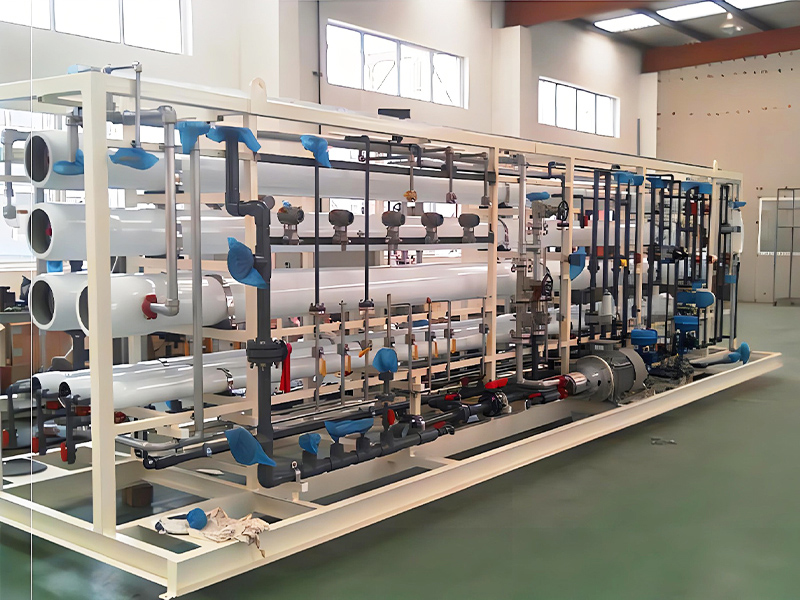
Precision filter
The particles larger than 5 microns in the raw water are intercepted to ensure that the reverse osmosis membrane is not scratched by the suspended matter of large particles. Because the thickness of the reverse osmosis membrane is about 10 microns, the larger particles in the raw water accelerated by the high-pressure pump are easy to scratch the desalting skin layer on the surface of the reverse osmosis membrane and may even break down the reverse osmosis membrane module. Therefore, 5 microns precision filter should be installed before the reverse osmosis equipment to ensure the safety of the reverse osmosis membrane.
Reverse osmosis system
Reverse osmosis device is the most important desalting device in this system. Reverse osmosis system uses the characteristics of reverse osmosis membrane to remove most of the soluble salts, colloids, organic matter and microorganisms in water.
Cleaning system
After long-term operation, the reverse osmosis membrane module will be subject to some pollution that is difficult to wash away, such as long-term trace salt fouling and accumulation of organic matter, which will cause the performance of the membrane module to decline and the operating pressure to rise. Therefore, chemical cleaning must be used to restore the normal desalination capacity of the container desalination system.

Seawater reverse osmosis technology is a sustainable development technology, which can provide long-term water resources and alleviate the scarcity of fresh water resources. Seawater reverse osmosis technology can also provide water in areas where water is scarce, desert areas, islands and sea areas far from fresh water resources, etc. In these areas, access to fresh water resources is very difficult, and seawater reverse osmosis technology can deal with the available water resources and can cope with current and future water problems.
Seawater reverse osmosis technology can also be used to treat contaminated seawater and spilled water in the context of global warming and rising sea levels. Seawater reverse osmosis technology can also provide water resources for Marine industries such as offshore wind power stations, offshore oil exploitation and ocean cooling.
Seawater reverse osmosis system is a very promising technology that can alleviate the problem of scarce fresh water resources and solve water problems in many areas. We must recognize that seawater reverse osmosis technology also faces some challenges that need to be addressed and continuously improved. We need to pay more attention to research and development of technologies to ensure that they can deliver a better future for people and the planet.
The advancement of seawater reverse osmosis system technology also promotes the sustainable development of industry and agriculture. Seawater cation reverse osmosis process is widely used in industrial manufacturing and water recycling treatment. In the past, manufacturers had no way to deal with the large amount of wastewater generated during the manufacturing process, which caused serious pollution to the environment. Seawater reverse osmosis desalination system technology is widely used in industrial and agricultural production because it can easily convert a large amount of wastewater prone to pollutants into sustainable water resources.
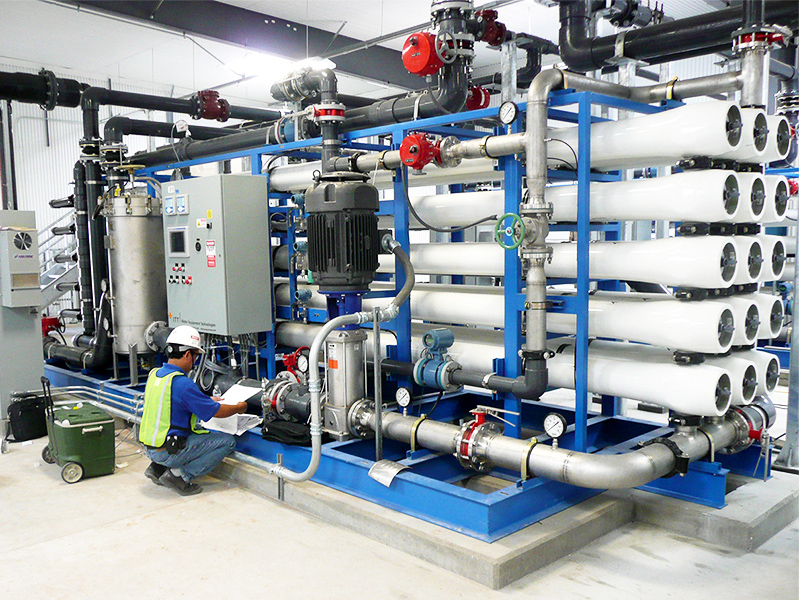
Seawater reverse osmosis technology is also of great significance for the protection of the environment and the utilization of water resources. The traditional extraction and transfer of freshwater resources is the main culprit of many ecological problems, such as river pollution, wetland destruction and ecological environment deterioration. Seawater reverse osmosis technology can convert seawater into usable fresh water at the cost of a certain amount of energy consumption, reduce the consumption and exploitation of fresh water resources, thus reducing the pressure on fresh water resources and protecting the ecological environment.
Today, with the increasingly severe environmental problems, it is extremely important to take necessary measures to protect and improve the protection of environmental water resources, which also gives birth to the development of seawater reverse osmosis technology. It can be seen that seawater reverse osmosis desalination system technology is not only an important way to solve the problem of drinking water, but also an effective means to solve the problem of water resources in industrial and agricultural production. Seawater reverse osmosis desalination technology also plays an irreplaceable role in protecting the environment and improving people's living standards.
Water is the source of life, the lifeblood of social and economic development, and a precious and irreplaceable natural resource for human beings. The relevant agencies of the United Nations pointed out that "water will become the most serious resource problem in the world "," water shortage will seriously restrict the economic and social development in the next century and may lead to conflicts between countries "," water supply shortage will become a profound social crisis, the world after the oil crisis is the next crisis is the water crisis ". Water scarcity is a worldwide problem. We has long realized that water shortage has become the bottleneck that restricts social progress and economic development and this understanding is obtained at a heavy price. The idea that water is inexhaustible and the consciousness of water as the cheapest means of production have long dominated people's behavior. With the sustainable development of economy and the improvement of people's living standards, the demand for water is increasing, and the demand for water quality is getting higher and higher. However, the shortage of water resources, the uneven distribution of time and space, the excessive exploitation, unrestrained waste and random pollution make the original tight contradiction between supply and demand of water resources more acute. Therefore, to solve the contradiction between supply and demand of water resources is urgently important for sustainable long development.
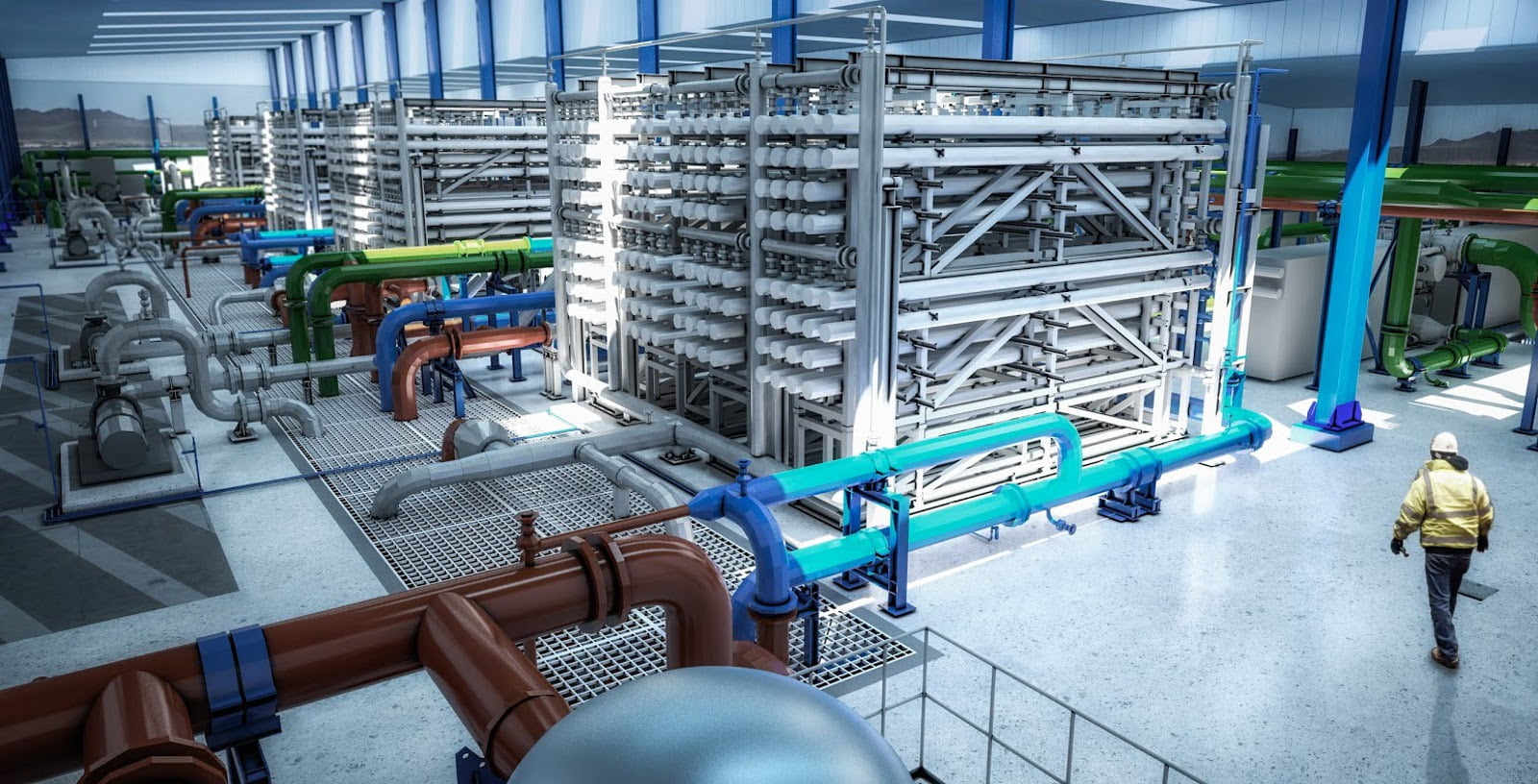
Application field of reverse osmosis seawater desalination system
Reverse osmosis desalination systems are widely used in various fields and have made important contributions to solving the global water shortage crisis. Facts have proven that this technology is effective in seawater desalination and brackish water desalination, and has many advantages such as saving equipment investment costs, low energy consumption, and short construction period. In the past decade, reverse osmosis membrane separation technology has been widely used in the field of seawater desalination, playing a crucial role in improving the freshwater conversion rate.
In addition to seawater desalination, reverse osmosis systems are also used for the treatment of heavy metal wastewater. Permeable membranes, especially subpermeable membrane devices, have a long history of effective treatment of heavy metal wastewater. Industrial-grade reverse osmosis membranes have been successfully used in factories to treat various heavy metal wastewaters such as zinc phosphate electroplating wastewater, with recovery rates as high as over 90%. The report shows that reverse osmosis technology also shows a high rejection rate when treating copper cyanide electroplating rinse water, demonstrating its effectiveness in solving heavy metal pollution.
Reverse osmosis technology has been widely used in the preparation of pure water and ultrapure water in treatment stations. The membrane filtration process of reverse osmosis does not involve phase changes and requires no acid-base regeneration, making it a sustainable and environmentally friendly water treatment solution. Moreover, the production process of reverse osmosis does not involve the use of harmful substances such as acids and alkalis, thus greatly reducing its impact on the environment and contributing to environmental protection.
In summary, reverse osmosis desalination systems have versatile applications beyond desalination and include the treatment of heavy metal wastewater and the production of pure and ultrapure water. With its proven effectiveness, cost-effectiveness and environmental benefits, reverse osmosis technology continues to play a key role in addressing water challenges and promoting sustainable water management practices across industries.
description2

